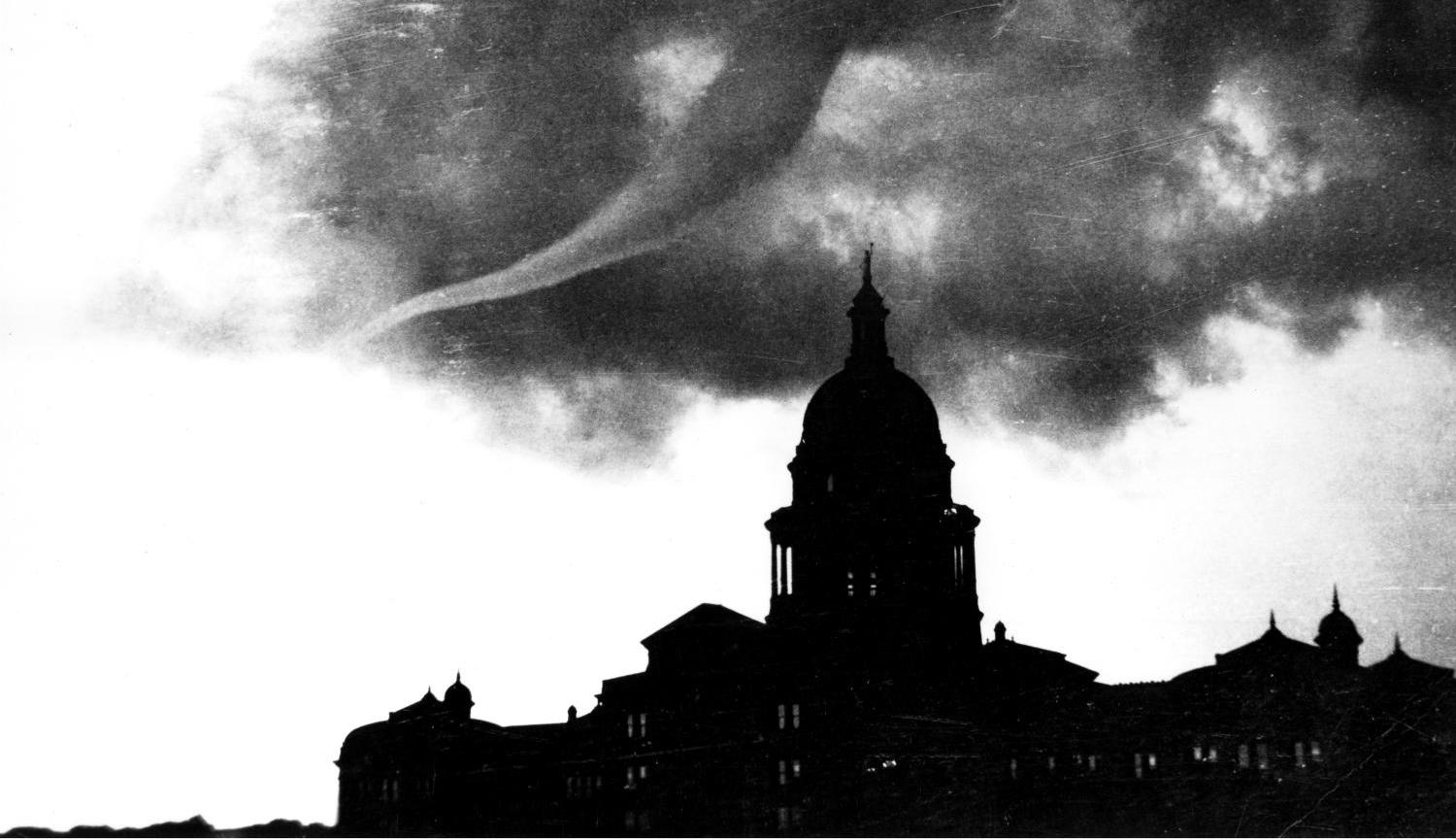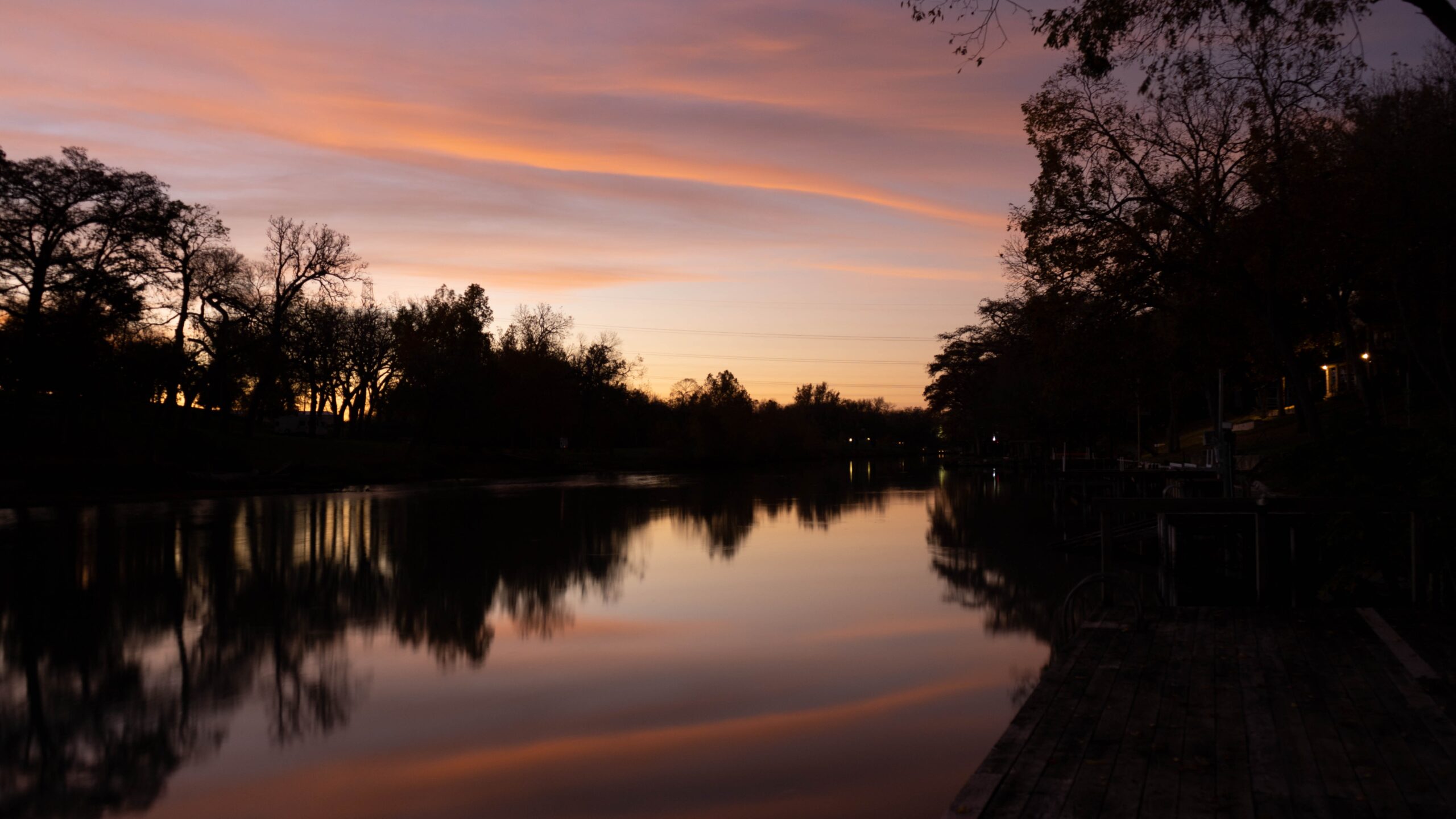ustxtxb_obs_1989_06_30_50_00008-00000_000.pdf
Page 18
they started admitting that they had problems, that was a ray of hope,” Ellis said. “There is hope that they are going to address these concerns now.” MOST IMPORTANT to her in agreeing to settle, Ellis said, was a letter that William Counsil included in the settlement offer. Counsil joined Texas Utilities in May 1985 to direct its nuclear operations and is now vice chairman of the utility company. In the letter, Counsil said Ellis could continue to monitor the plant. He also complimented Ellis’s work, acknowledging that she had contributed to the plant’s safety: “Through the untiring efforts of CASE representatives, deficiencies which existed in the early 1980s , [sic] have been revealed in the design of substantial portions of the plant which no one else, including TU Electric, the Nuclear third-party experts had fully recognized or discovered. As a result, Comanche Peak is a better, safer plant than before and, through the reinspection and Corrective Action Program, has a greater assurance of safety and reliable generation.” Ellis’s first major recommendation to Texas Utilities as a member of the Operations Review Committee was for a coldhydrostatic test of the pipes, which would subject the system to higher pressure than the standard hot-water test. The higher pressure would better simulate emergency conditions, Ellis said. However, Texas Utilities decided against the test Ellis recommended. Instead, the company opted for the normal “hot-functional test” along with a modified coldhydrostatic test that included higher temperatures but less pressure than the cold test Ellis recommended. “I feel reasonably sure that the [modified cold] test was at least in part a response to our request [for the full cold MARSHALL SURRATT Juanita Ellis test],” Ellis said later. The way things now stand, Texas Utilities could get an operating license as early as the first quarter of 1990, and then begin passing on construction costs to ratepayers. The price of the new plant, originally estimated at $779 million, is now at about $9 billion. How much of the cost overruns will Texas Utilities be able to pass on? In any other industry a cost overrun of more than 1,000, percent would be considered scandalous, if not negligent. But Texas Utilities might be in luck. If the plant goes on line next year, the company will make its rate-hike request before a three member Texas Public Utility Commission whose decidedly pro-utility majority was appointed by Governor Bill Clements. And the Commission will determine how much of the cost overrun can be included in the rate base. What could have been done differently? There is something in environmentalists that wants to believe in purity. After all, they are protesting that someone else is willing to contaminate the earth. But even those who shake their heads at Ellis’s settlement with Texas Utilities agree she was responsible for delaying the plant this long and making it safer, and that maybe her settlement is the best possible under the current system. But they wish she had hung on longer, until the public realized that it would shoulder the financial cost of the plant. And they wish the regulatory system worked better. “Juanita Ellis has made it a safer plant than it would have been,” Burnam said. “Unfortunately, Juanita’s settlement makes it less likely that many of these safety issues will ever be addressed.” Meanwhile, Citizens for Fair Utility Rates has asked the Fifth Circuit Court of Appeals in New Orleans to overturn the NRC’s decision barring the group from the regulatory process. In April, Texas Utilities tested the pipes that will carry water from the nuclear reactors. But even what was discovered in the company’s hot-functional test would not have been found if an employee had not mistakenly left open a valve. That fortuitous mistake showed that a third of the valves meant to keep water from flowing backwards malfunctioned, leaking water so hot it blistered paint off 300 feet of pipes. The following day Texas Utilities quietly conducted the modified-cold hydrostatic test. Only three weeks later did Texas Utilities and the Nuclear Regulatory Commission inform the public of the leak of water from the faulty valves. The utility company and the regulatory agency promised that they would investigate the mishap. Activists Fear Another Chernobyl Continued from cover Benitez, a sociologist and historian. Like Gonzalez, Benitez joined the group, called the Madres Veracruzanas, to demonstrate her opposition to the nuclear project. “People have told me I’m some sort of romantic” Benitez said, “a Don Quijote.” On October 13, 1988, after nearly 20 years of planning and construction, Mexican energy and electricity officials authorized Barbara Belejack is a freelance writer working in Mexico City. the loading of enriched uranium into the first of Laguna Verde’s two General Electric Exactly six months later the plant was connected to the rest of Mexico’s power system. Last fall officials predicted Laguna Verde would begin commercial operation in July 1989. Today they are reluctant to make such predictions. As of this writing, operations have been suspended for what authorities say are routine maintenance procedures and the implementation of a simulated emergency. But Laguna Verde managers are discussing restarting the reactors not for commercial generation but to test the system by gradually advancing the steam generators to 50 percent of their capacity. The Mexican government estimates the project’s total budget at $3.5 billion, including interest payments. Mexican financial researcher and anti-Laguna Verde activist Gabriel Quadri de la Torre contends that total costs could reach $7 billion. To its supporters, Laguna Verde represents money well spent. They say the plant is key 8 JUNE 30, 1989


